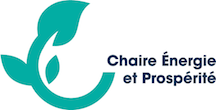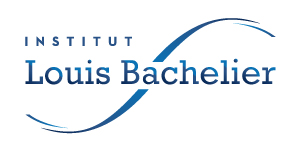Using Brazil’s industrial structure and its interdependence, we evaluate the minimal changes in final demand that are needed to achieve their NDC and study the impacts that such changes could cause to the employment by industry in the country.
This paper follows van der Ploeg (1987)’s research program in testing both its extension of Goodwin (1967)’s predator-prey model and the Minsky Financial Instability Hypothesis (FIH) proposed by Keen (1995).
This article shows that several minimum exergy return ratios (ExRRs) can be computed in relation to different aggregate exergy conversion efficiencies.
Find all the sessions of the research Seminar of the Chair Energy and Prosperity and the documents sent on this occasion.
This article analyzes the transition dynamics, what Hicks called the traverse, from one equilibrium toward another one—and the conditions for such a transfer—in a bi-sectoral economy under technological shocks.
In this article, we design a phenomenological model of the global human population dynamics by using the gross world product (GWP) as an exogenous input variable to determine the birth rate and death rates of each age group
In this paper, we estimate for the first time how production and emissions of manufacturing firms in one country respond to foreign demand shocks in trading partner markets.
This paper analyzes the potential benefit of using subsidies conditional on success or failure of an R&D program, rather than a flat subsidy.
In a stock-flow consistent macrodynamic model featuring two crucial endogenous destabilizing channels, namely debt accumulation and climate change, we perform a sensitivity analysis on four fundamental parameters of the climate and economic systems.
Based on the Norwegian experience with low-carbon vehicles, the authors analyse the hydrogen plan launched by Nicolas Hulot when he was Minister for Ecological and Solidarity Transition and make several recommendations.
| M | T | W | T | F | S | S |
|---|---|---|---|---|---|---|
| « Dec | ||||||
| 1 | 2 | 3 | 4 | |||
| 5 | 6 | 7 | 8 | 9 | 10 | 11 |
| 12 | 13 | 14 | 15 | 16 | 17 | 18 |
| 19 | 20 | 21 | 22 | 23 | 24 | 25 |
| 26 | 27 | 28 | 29 | 30 | 31 | |


